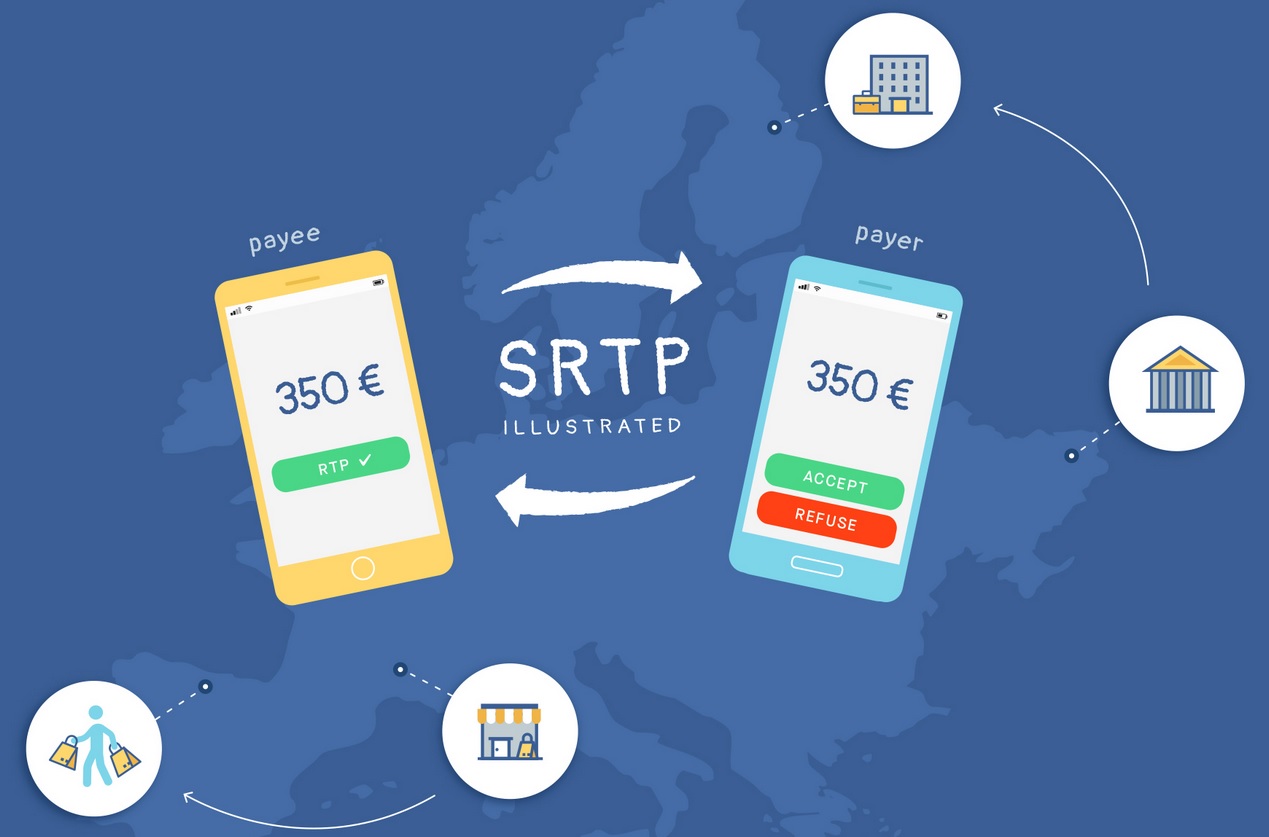In brief: The European Request To Pay standard comes into force on 15 June 2021

This service, which allows an individual or a company to request the initiation of a payment to settle an invoice, will strengthen security and confidence in the new digital payment methods.
Technically, this new service is an instant messaging system based on SEPA credit transfer technology. It allows a company or an individual to send a message to its debtor along with an invoice.
The advantages of Request to Pay :
it allows the inclusion of an invoice reference in the message, which facilitates accounting reconciliation;
It also reduces the number of customer reminders and therefore payment delays;
It avoids the need to use interbank networks such as CB, Mastercard and Visa, which charge a commission for each transaction.
As Request to Pay is a European standard, it could allow all third-party players within this area to implement a single technology. But for this to happen, it will have to be accepted by the banks and other players in the payment chain.
In the United Kingdom, RtP has already been tested for a year, based on the "Faster Payments" infrastructure and the dedicated Pay.UK scheme.
For the time being, its adoption in the UK is still emerging due to the near absence of concrete use cases, but it could be slowed down by several factors, including the very strong anchoring of direct debit for recurring payments in the UK market (which would represent a share of nearly 72% of these transactions).
Mastercard launched a Request to Pay interface for UK consumers in April 2021, which could quickly change the landscape.
Worldline, for its part, has set up a platform with Request to Pay services to optimize BtoB, BtoC and GtoC (government to consumer) invoice collections.
